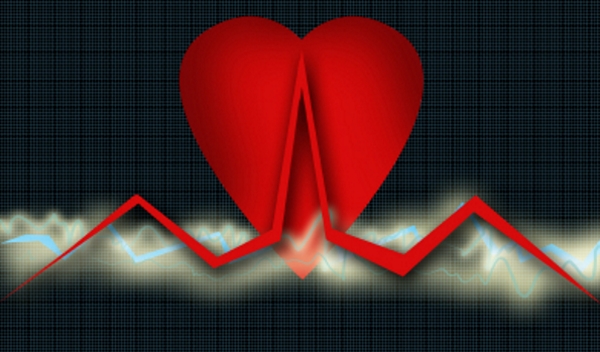Transport of oxygen

Transporting oxygen is a key part of our bodies function to keep us alive, so how does it come into the body and move around it?...
What transports Oxygen.
Our cardiovascular system plays a vital role in transportation of oxygen around the body.
How the movment happens.
Air enters your body through your nose or mouth, passes through the larynx, down the trachea, and into your lungs. In the lungs, air passes through a series of maze of smaller and smaller bronchial tubes until it finally reaches the alveoli.
Alveoli play a key role.
The alveoli are crucial, allowing the oxygen to pass from the air into the blood. Once there, transportation of oxygen around the body is possible.
2 ways thay oxygen is carried.
The blood carries oxygen in two ways. As it does not easily dissolve in water, only a little is carried in the blood plasma the rest combines with the haemoglobin in red blood cells and is transported thus.
The key instrument for moving it around is of course your heart. Pumping around 70 times per minute, it keep up a relentless beat, supplying your body with the oxygen and nutrients it needs 24/7.
Heart & its support network.
Of course the heart cant work without the network of blood vessels that weave to all areas of the body. Arteries are the blood vessels that carry the oxygen around the body, but rather than simply being passive pipes through which the blood passes, they actually have muscles in them when the heart pumps blood, they are elastic and expand, but as the heart relaxes, the muscles in the walls of the arteries contract to push the blood onwards.




